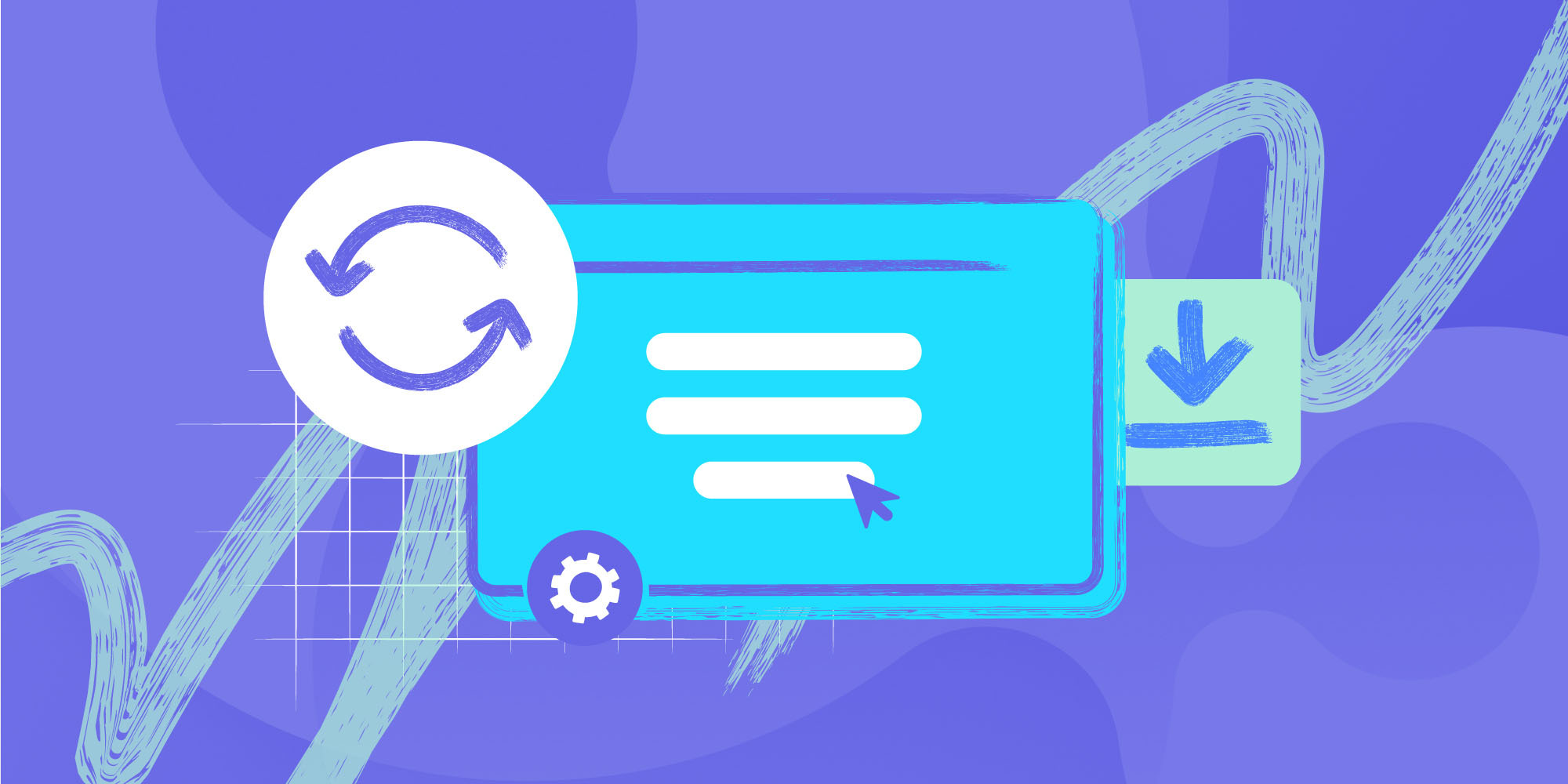Security vulnerabilities are a constant threat to companies, governments, and individuals alike. One critical flaw can open the door to attackers who could compromise systems, steal sensitive information, or shut down essential services. This is why CVE-2024-3400 matters.
It represents a major security flaw in Palo Alto Networks PAN-OS, a popular operating system used in enterprise firewalls, which leaves systems vulnerable to attacks if not patched promptly.
This article will break down the key details of CVE-2024-3400, explaining what it is, how it works, and why it's essential to patch it right away. We will also show how to detect outdated software (and potentially vulnerable software) with InvGate Asset Management.
Let's dive in!
What is CVE-2024-3400?
At its core, CVE-2024-3400 is a type of command injection vulnerability. But what does that mean for everyday users and system administrators?
Command injection occurs when attackers can inject or insert malicious code into a program. In this case, the vulnerability resides in the GlobalProtect feature of Palo Alto Networks' PAN-OS software. This feature is widely used to provide secure access to remote users. Due to this vulnerability, an attacker can execute unauthorized commands, ultimately gaining control of the affected system at a very high level—root privileges.

Affected systems
This vulnerability affects specific versions of PAN-OS, the operating system used by Palo Alto firewalls, which are critical for network security. It’s important to note that while this flaw impacts PAN-OS firewalls, other products such as Cloud NGFW, Prisma Access, and Panorama appliances are not vulnerable. There is more information about this in the CVE website.
How does CVE-2024-3400 work?
To understand how CVE-2024-3400 works, let’s break down two important concepts: command injection and root privilege escalation.
1. Command Injection
In simple terms, command injection allows an attacker to trick the system into running unauthorized commands. Think of it as someone sneaking into a secure building by pretending to have the right access key. They exploit weaknesses in the system’s defenses to carry out their own agenda. With CVE-2024-3400, this happens through the GlobalProtect feature, which is supposed to manage remote access securely.
2. Root privileges and escalation
Once an attacker exploits the vulnerability, they can gain root access—the highest level of access on the system. Root users have full control over the system, meaning an attacker can alter firewall settings, disable security measures, or even use the firewall to launch further attacks on other systems.
Impact of CVE-2024-3400
So, who exactly is at risk with CVE-2024-3400, and what are the consequences if it’s not patched? Knowing the risks and consequences helps to understand the importance of patching outdated software.
Who is at risk?
Any organization using PAN-OS for their firewalls is vulnerable. This includes businesses that rely on Palo Alto firewalls to protect their internal networks. If you're using the affected versions of PAN-OS with GlobalProtect, you're at risk.
Consequences of exploitation
The consequences can be severe. Once an attacker gains root privileges, they can:
- Compromise the firewall's functionality, disabling critical security features.
- Access sensitive information being protected by the firewall.
- Launch attacks on other systems or networks connected to the compromised firewall.
In extreme cases, the attacker could completely shut down your firewall, leaving your organization’s network defenseless.
How to find devices exposed to CVE-2024-3400
 By leveraging InvGate Asset Management, you can quickly pinpoint devices that are susceptible to the CVE-2024-3400 vulnerability. To assist you in this process, here is a step-by-step guide to follow:
By leveraging InvGate Asset Management, you can quickly pinpoint devices that are susceptible to the CVE-2024-3400 vulnerability. To assist you in this process, here is a step-by-step guide to follow:
- Open InvGate Asset Management and go to the Assets tab.
- Type in the Search bar “Software name, contains:PALO ALTO” or “Software name, contains:PAN-OS” to filter all devices with this library.
- Add another filter to the Search bar to see all devices missing the security patch. To do that, you need to now the patched version. All you have to do is add the following filter: “Reported version, is not:11.2.2-h1”. This is the latest version is 11.2.2-h1. You can find the complete list in Palo Alto Network website.
How to fix CVE-2024-3400
Now that we know the risks, the next step is understanding how to fix the issue. The good news is that Palo Alto Networks has already released a patch for CVE-2024-3400. If you’re running an affected version of PAN-OS, it's critical that you apply the patch immediately. Patching is like giving your system a vaccine—it helps protect against this specific vulnerability.
You can find detailed patch instructions on Palo Alto’s security advisory page(CVE). The process typically involves updating your firewall's firmware to the latest version.
Preventive measures
In addition to applying the patch, it’s always a good idea to follow some best practices for system security:
- Regularly update all your software, including operating systems, firewalls, and any security appliances.
- Monitor network traffic for unusual activity, as early detection can prevent a small issue from becoming a major breach.
- Use multi-factor authentication (MFA) wherever possible to add an extra layer of protection.
Real-world example: Why timely patching is critical
History has shown that failing to perform Vulnerability Management can have disastrous consequences. For example, the WannaCry ransomware attack in 2017 exploited a known vulnerability in Windows systems that had already been patched months earlier. Organizations that didn’t apply the patch were severely impacted, with systems being locked down and data held for ransom. The most recent similar case is the Crowdstrike IT Outage.
In the case of CVE-2024-3400, the risk is just as high. Attackers who exploit this flaw can effectively take control of your firewall, leaving your entire network open to further attacks.

Final thoughts
Cybersecurity threats are constantly evolving, but the key to staying safe is vigilance. CVE-2024-3400 serves as a reminder of how important it is to keep your systems updated. By applying patches as soon as they are available, you can close the door on attackers and keep your network safe.
If you are running Palo Alto Networks PAN-OS, make sure to review your system’s version and apply the necessary patch immediately. Remember, staying one step ahead of attackers means staying informed and proactive.
Frequently Asked Questions (FAQs)
1. What is CVE-2024-3400?
CVE-2024-3400 is a command injection vulnerability in Palo Alto Networks PAN-OS, affecting the GlobalProtect feature. It allows attackers to execute malicious commands and gain root privileges on the firewall.
2. How do I fix CVE-2024-3400?
You can fix the vulnerability by applying the patch provided by Palo Alto Networks. Ensure your PAN-OS system is updated to the latest version.
3. Who is affected by CVE-2024-3400?
Organizations using specific versions of Palo Alto Networks PAN-OS with the GlobalProtect feature enabled are at risk. Check Palo Alto’s advisory for details on the affected versions.
4. What are the risks if I don’t patch CVE-2024-3400?
If left unpatched, attackers can exploit this vulnerability to take control of your firewall, potentially disabling critical security measures and compromising your network.















